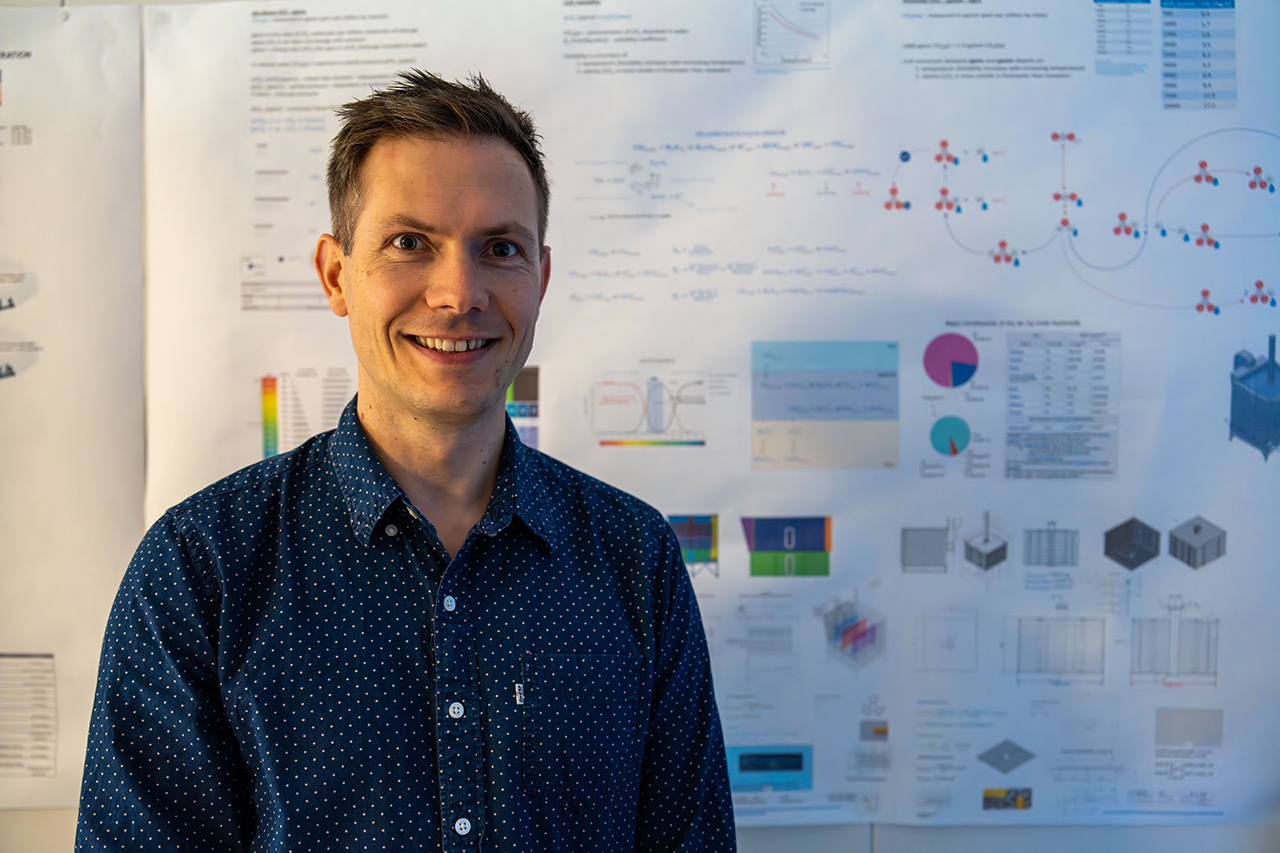“The Fish Welfare Approved Program is about identifying the characteristics of our products and systems and identifying any modifications needed to maximise fish welfare,” explains Marko Polter who is responsible for identifying potential applications for the program.
“We screen the present set-up and the interrelationships between sub-systems. We look at the materials being used and how they affect fish health. We examine our design, development and manufacturing processes so that we can install products and systems that are as hygienic as possible and cause minimum physical damage to the fish. The goal is for the fish to be handled with care throughout their life span, in order to produce top quality food that commands the highest possible price.
Our work involves identifying how each system and its parts function in practice and, not least, the likely consequences of any changes. For example, we have invested considerable time and effort in our CO2 deculators. We have looked at what happens by way of chemical processes in water, when water quality, temperature, amount of biomass etc. are varied. By doing this we develop and document our understanding of the characteristics of our own products and their tolerance limits, while simultaneously identifying any modifications needed to improve the system.
A full-scale testing station is an important factor input for us and its uses have included testing the CO2 deculators. Valuable data was obtained, which we are carrying forward into further development work.”
Our own testing station
“Our testing station consists of a large water tank and circulation system with powerful circulation pumps that can move big quantities of water, simulating a real situation. It includes a water sampling system and samples are logged using our FISH WELTECH INSIGHT - the brain of the system - which we use to extract data and the signals from the testing station. This system is vital for collecting data from all the sensors and means that we can compare all the different tests and think continually about further development and optimisation.
In the testing station we can test many different products and systems and we can try out variations and flexibility in their use. This is all part of being able to adapt and optimise the characteristics of our products as regards fish welfare, biomass security and product quality.
Being able to replicate and repeat the tests again and again enables us to diagnose and pinpoint, for each product, its positive or negative impact on the KPIs of Fish Welfare and Biosecurity. This progressive testing allows us work towards the best outcome for the fish.”
Identification at the product level
“A key factor for us is close cooperation between product owners and “problem owners”. The latter are often our customers and they face environmental and welfare challenges, not least from the authorities through laws, regulations and directives. The way things usually work is that a customer has a need, wish or problem and comes to us for help and support.
We also have good ideas and expertise, enabling us to see improvement possibilities, so that we can take them up with customers, or our product development department, to pioneer new methods in the seafood industry on terms set by the fish and by nature.
Our technical department is the product owner. It develops new or modified designs based on the challenges and problems experienced by our customers, whether driven by formal statutory demands, or by their own desire to improve quality and fish welfare. The testing station forms the link between the two of them and our own R&D department, as we gain fact-based expertise on which to base our decisions.”
Not just an owner, but also for hire
“In addition, some of our customers and partners have also come to us to test their own ideas and products, where our expertise, the Fish Welfare Programme and the test station have helped to verify the actual properties. In this way we can jointly document the value added through improved fish welfare and the expected quality improvement in the final product. The Fish Welfare Approved Program has become a key part of our developmental structure. It provides important support to our sustainability drive as this is the stage where we can really make the big differences and enable others to make informed, documented choices for fish welfare and sustainability,” says Marko.
